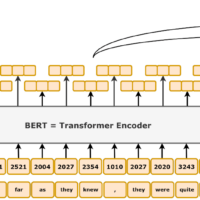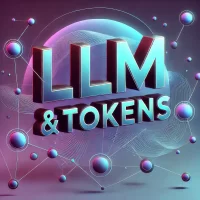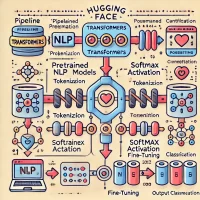Comparing TensorFlow (Keras), PyTorch, & MLX – Day 46
Comparing Deep Learning on TensorFlow (Keras), PyTorch, and Apple’s MLX Deep learning frameworks such as TensorFlow (Keras), PyTorch, and Apple’s MLX offer powerful tools to build and train machine learning models. Despite solving similar problems, these frameworks have different philosophies, APIs, and optimizations under the hood. In this post, we will examine how the same model is implemented on each platform and why the differences in code arise, especially focusing on why MLX is more similar to PyTorch than TensorFlow. 1. Model in PyTorch PyTorch is known for giving developers granular control over model-building and training processes. The framework encourages...



